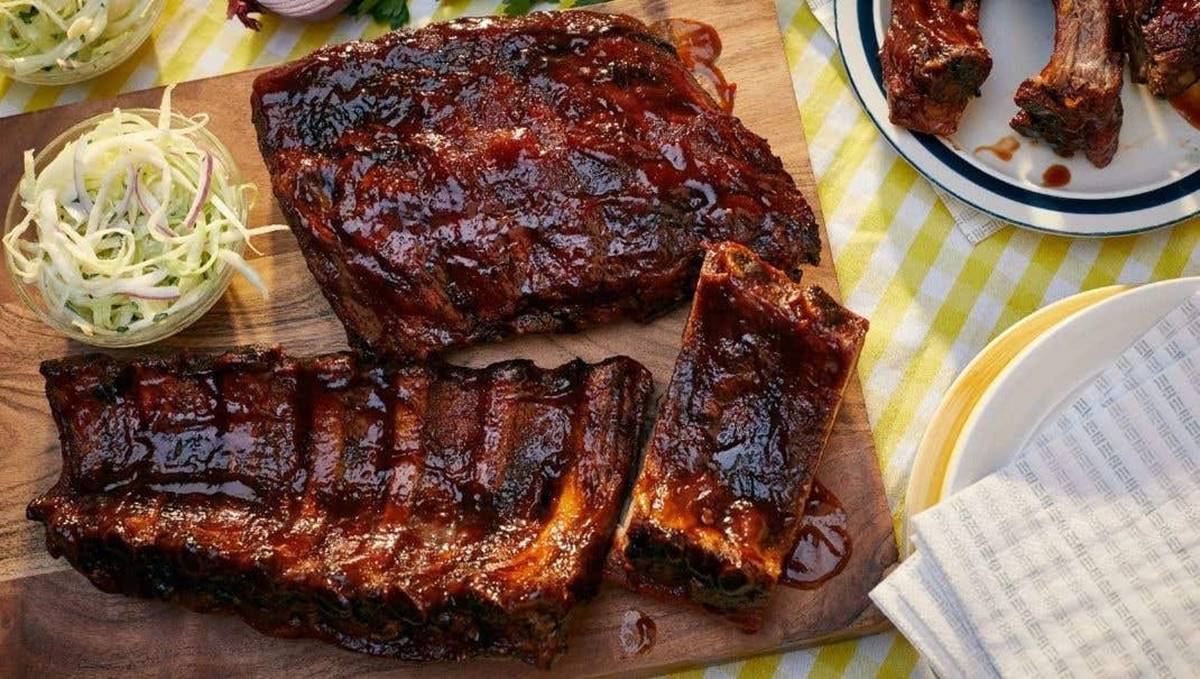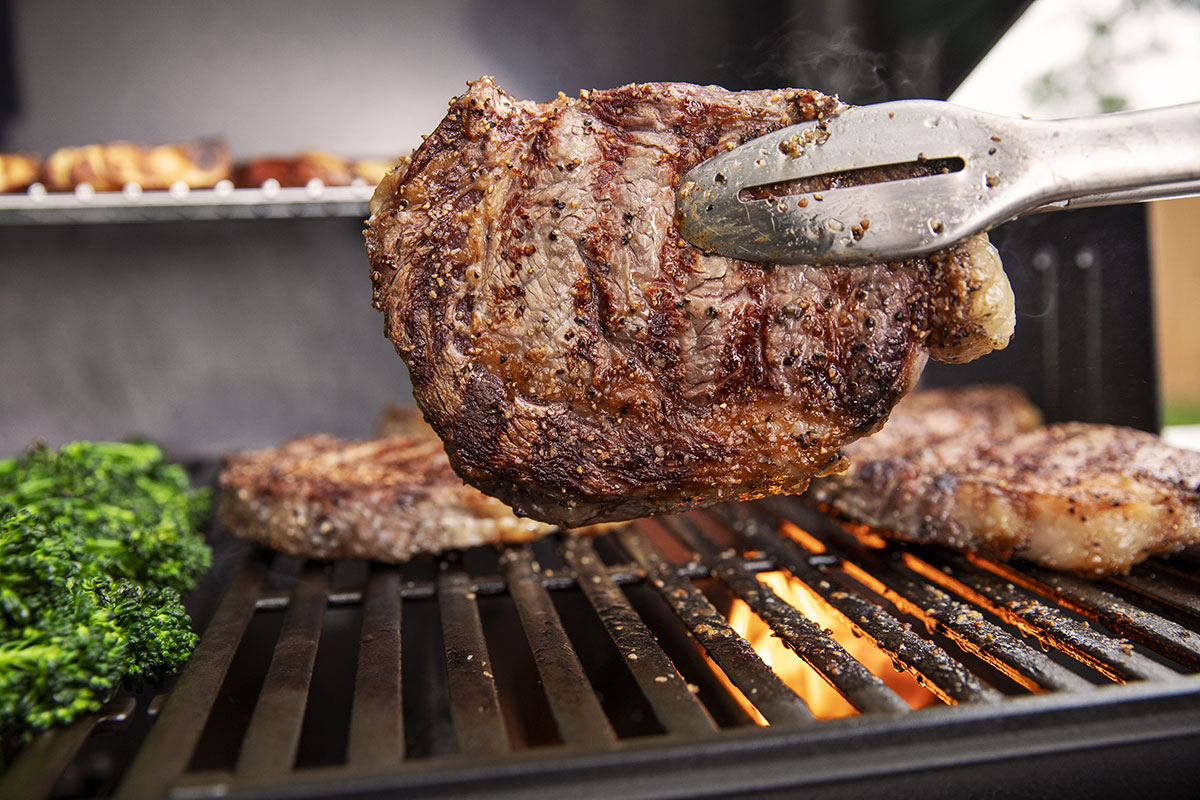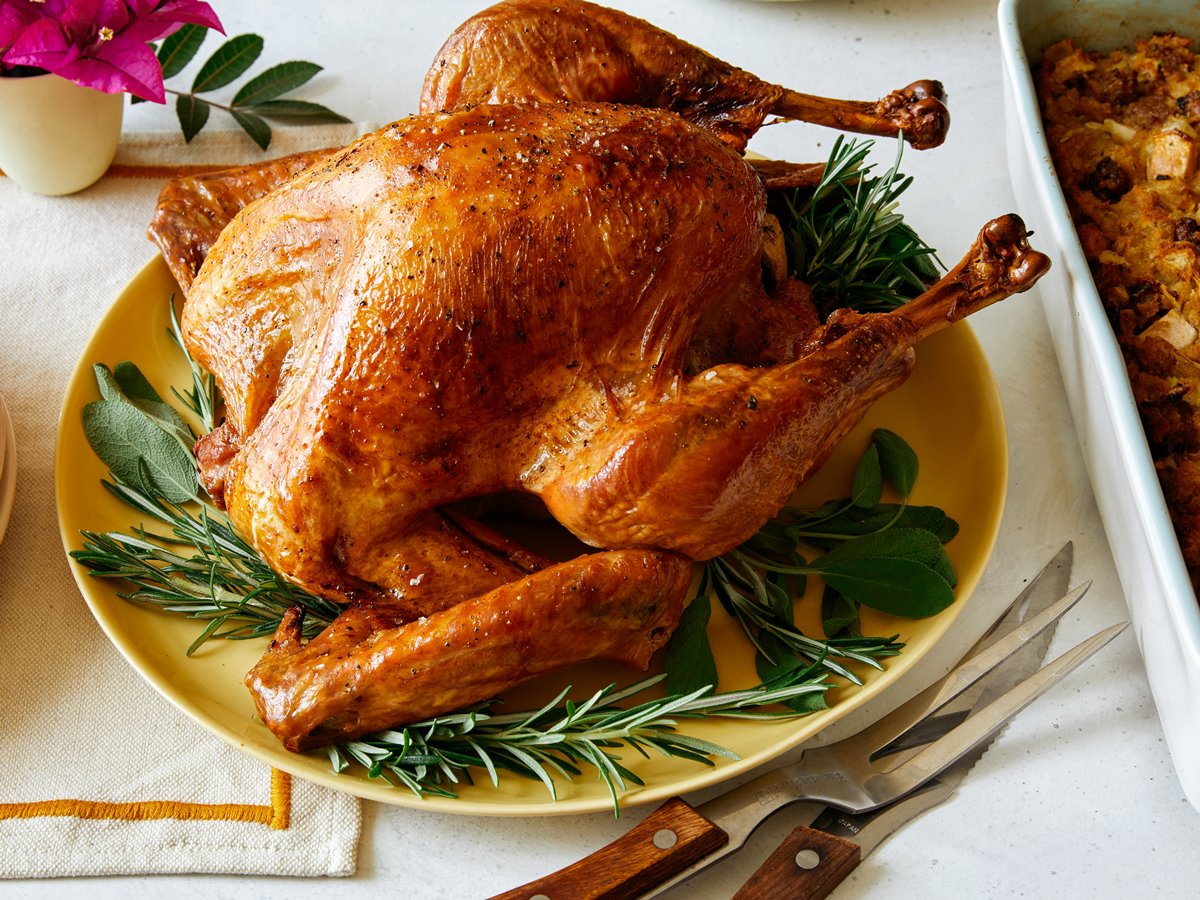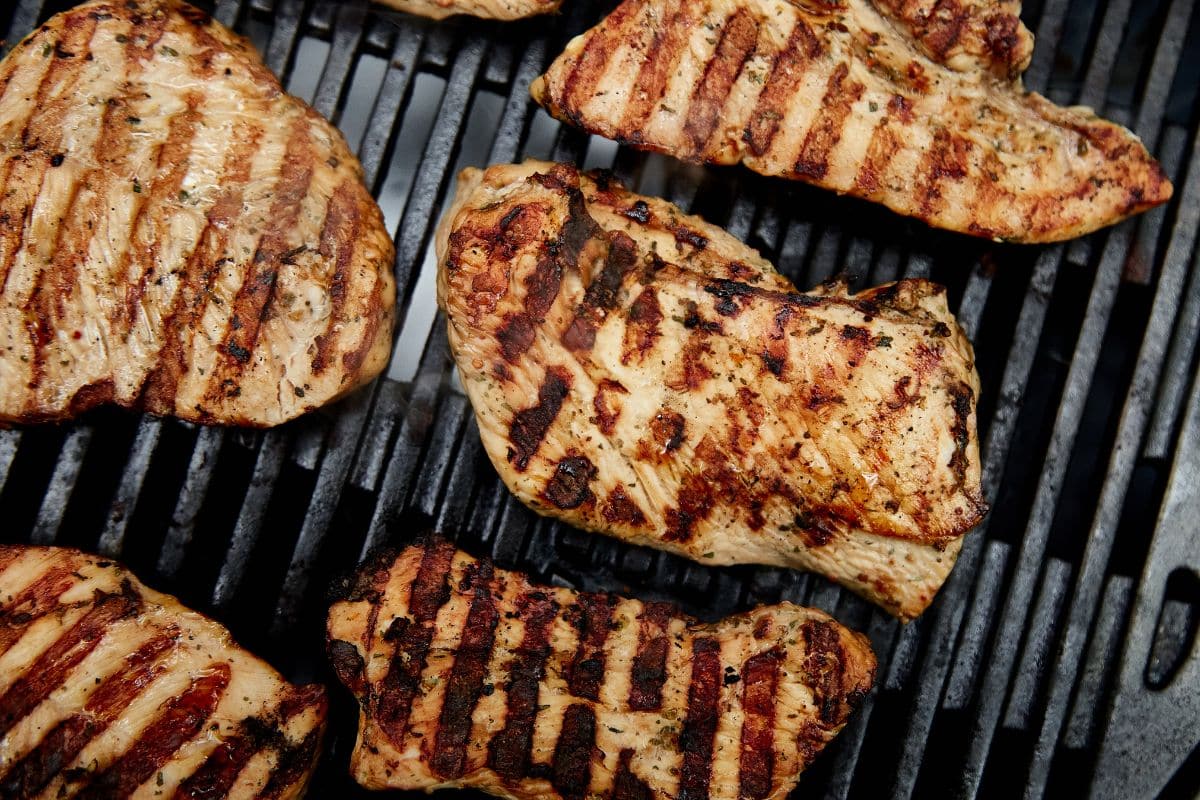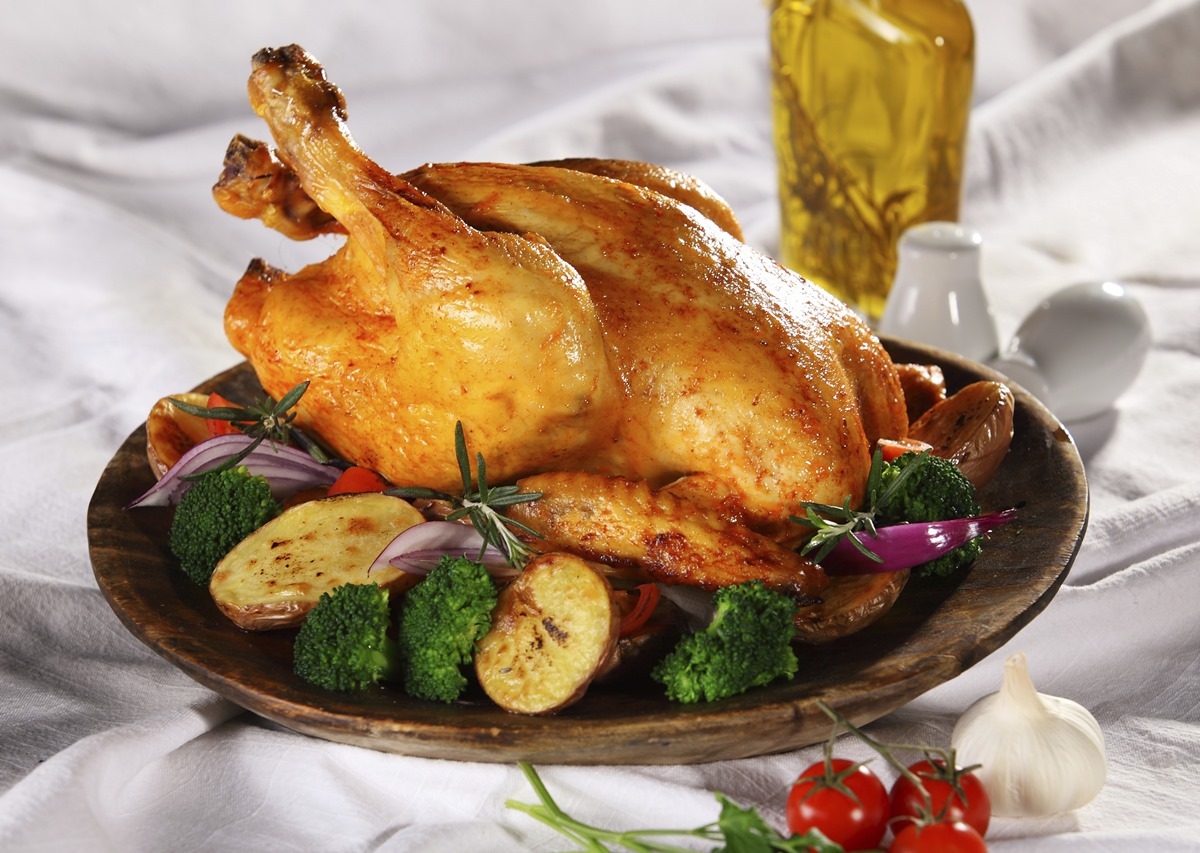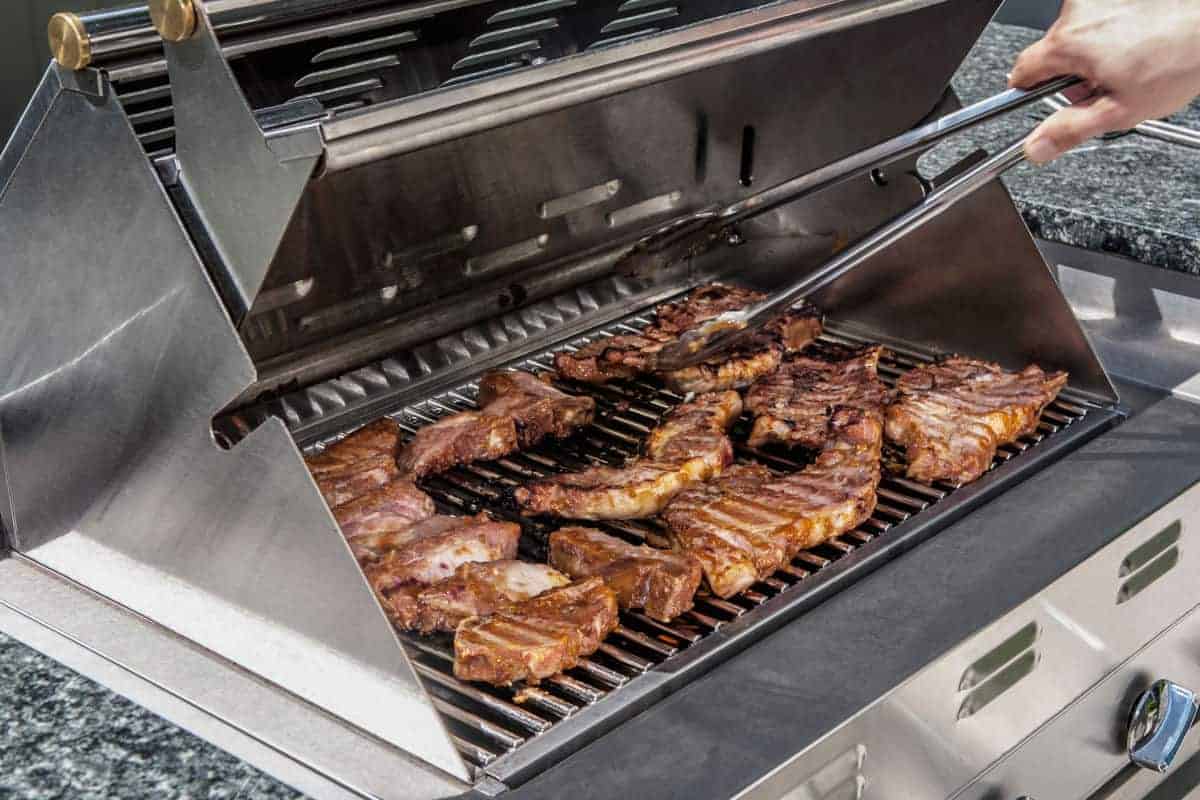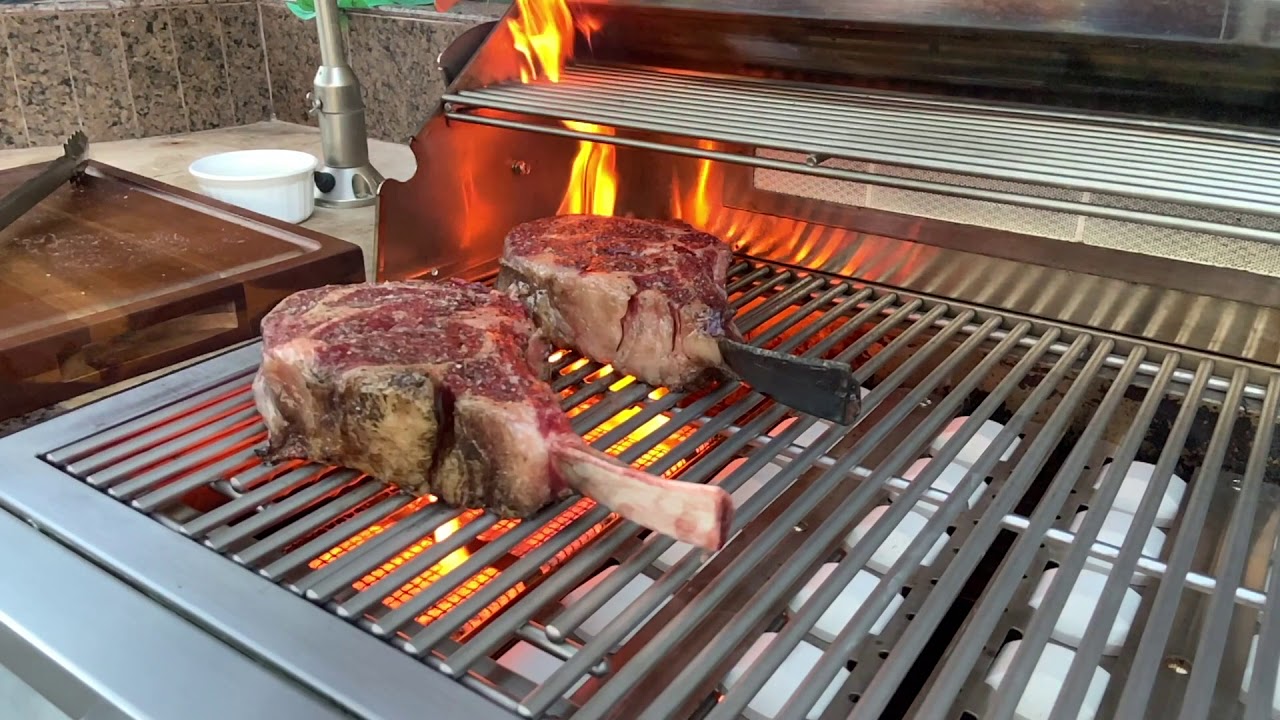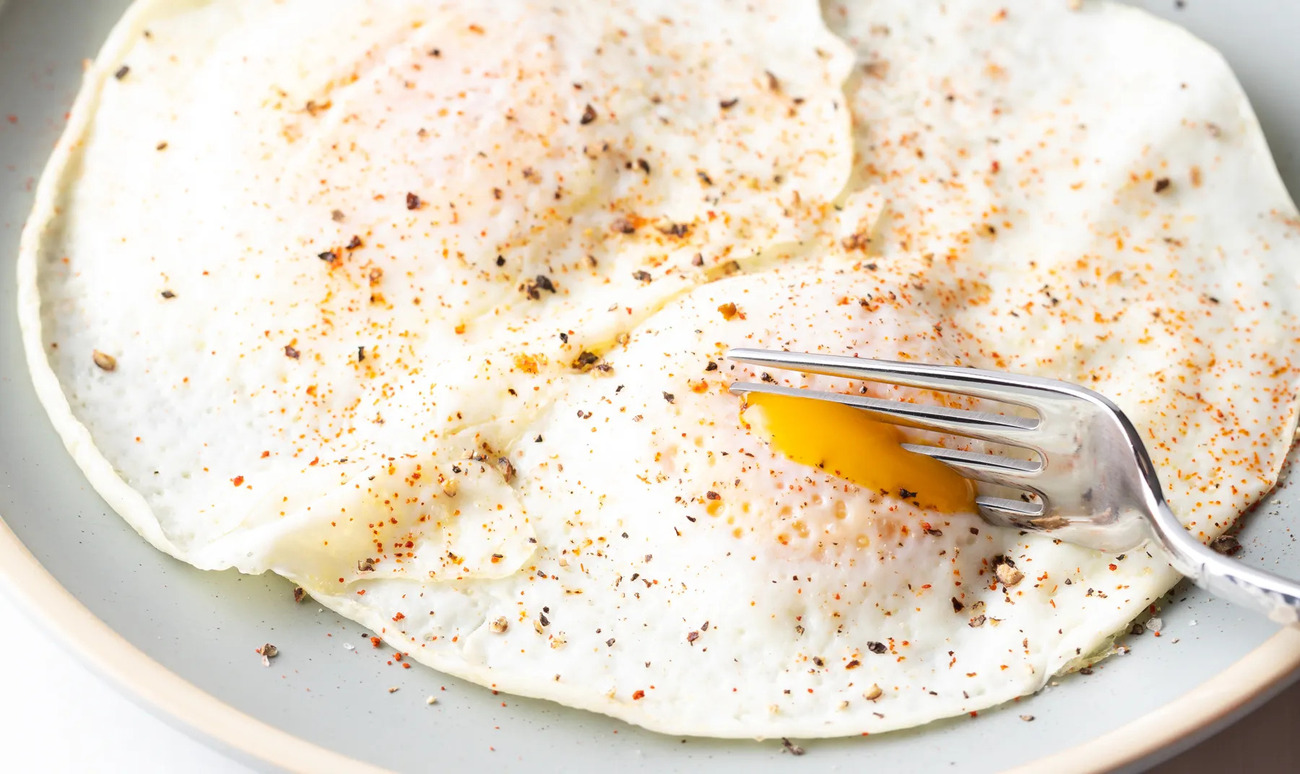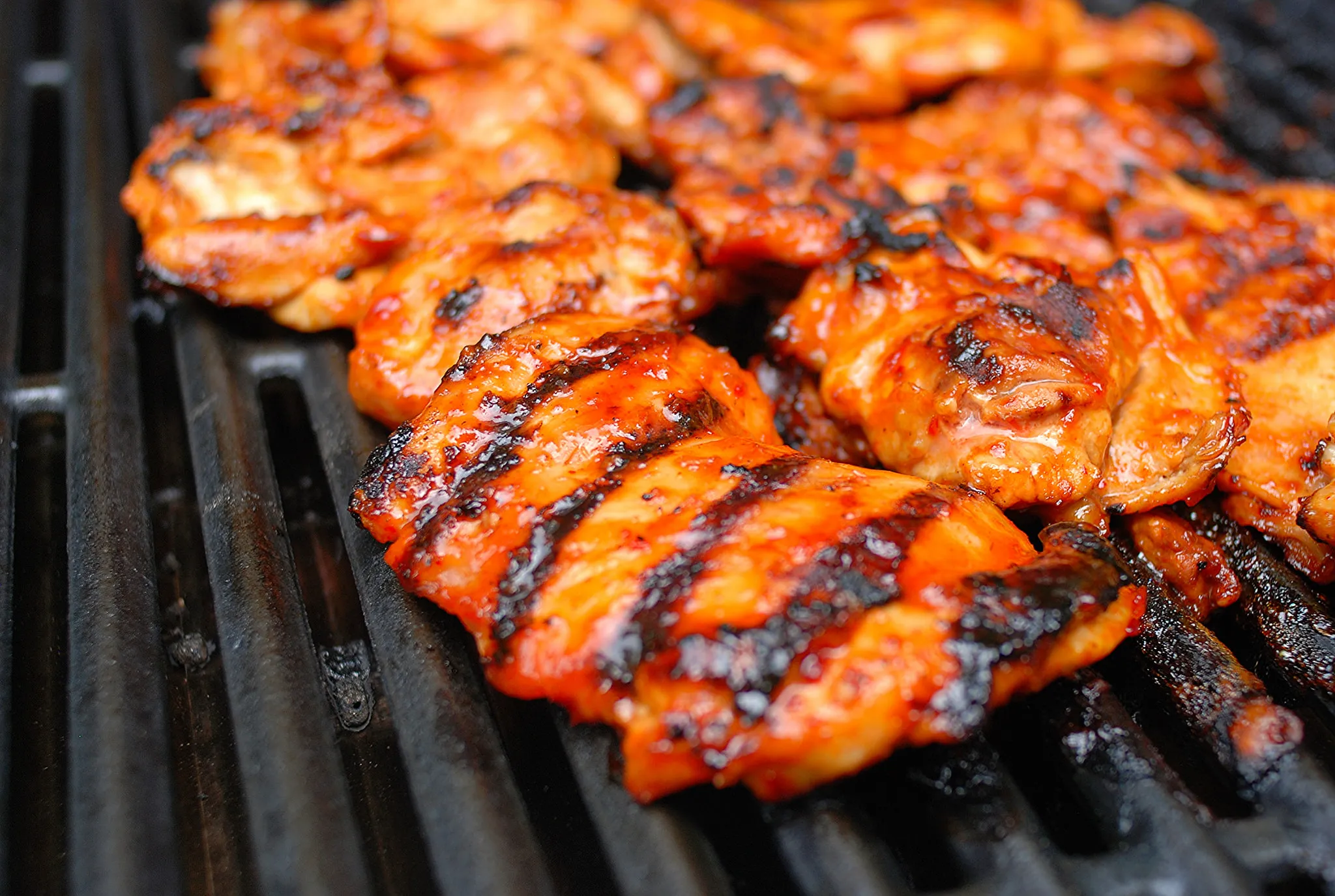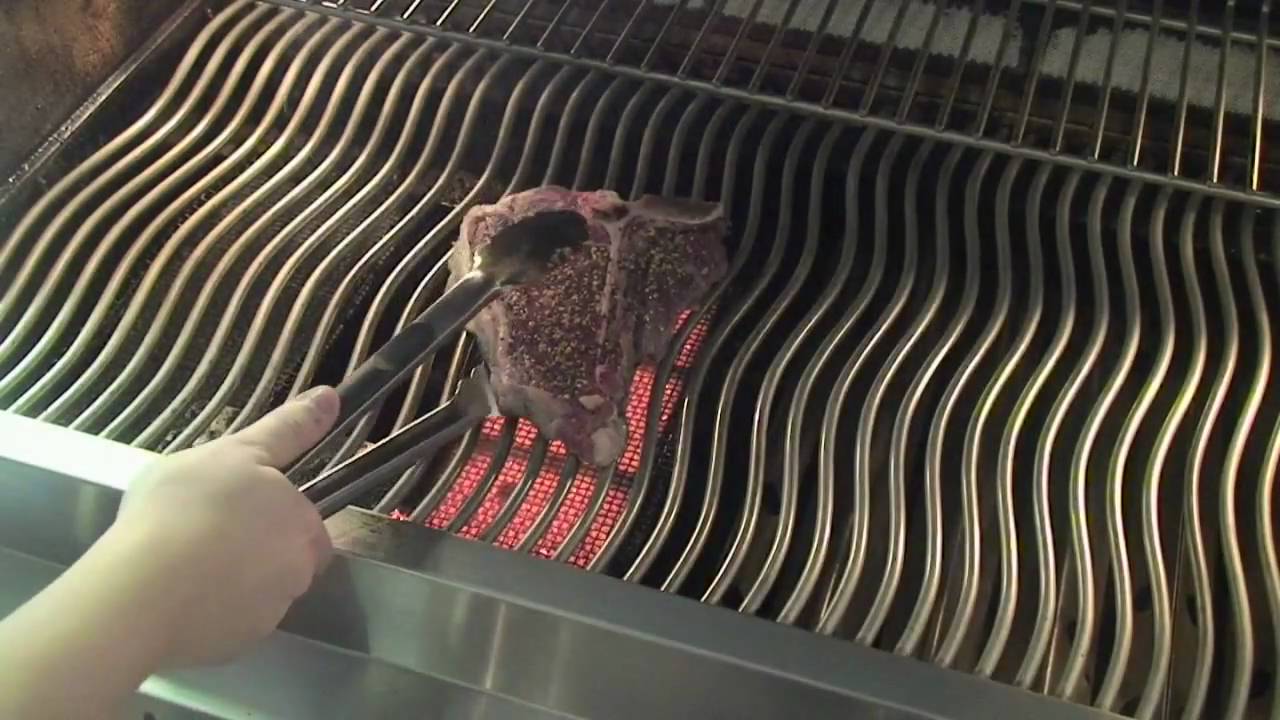Cooking with infrared technology might sound futuristic, but it's becoming a kitchen staple. Infrared cooking uses electromagnetic waves to transfer heat directly to food, unlike traditional methods that heat the air around it. This technique ensures even cooking, reduces energy consumption, and speeds up meal prep. Whether you're grilling a steak or baking a pizza, infrared technology promises consistent results. Understanding how this works can help you make the most of your kitchen gadgets, ensuring your meals are not only delicious but also efficiently prepared. Let's dive into the science behind this innovative cooking method.
Essential Ingredients for Your Infrared Cooking Adventure
Ingredients
-
Meat or Vegetables:
- Chicken breasts
- Beef steaks
- Pork chops
- Bell peppers
- Zucchini
- Mushrooms
-
Marinade:
- Olive oil
- Soy sauce
- Lemon juice
- Garlic cloves, minced
- Fresh herbs (thyme, rosemary, or parsley)
- Salt
- Black pepper
-
Side Dishes:
- Potatoes
- Corn on the cob
- Asparagus
- Rice
-
Seasonings:
- Paprika
- Cumin
- Onion powder
- Chili flakes
-
Sauces:
- Barbecue sauce
- Teriyaki sauce
- Hot sauce
-
Garnishes:
- Fresh parsley
- Lemon wedges
- Chopped green onions
Must-Have Tools for Cooking with Infrared Technology
Tools Needed for Cooking with Infrared Technology
- Infrared Grill: Cooks food quickly using radiant heat.
- Infrared Thermometer: Measures surface temperature without contact.
- Heat-Resistant Gloves: Protects hands from high temperatures.
- Grill Brush: Cleans grill grates effectively.
- Meat Thermometer: Ensures meat is cooked to the right temperature.
- Grill Tongs: Handles food safely on the grill.
- Basting Brush: Applies sauces or marinades evenly.
- Grill Basket: Holds smaller items like vegetables or seafood.
- Aluminum Foil: Wraps food to retain moisture and flavor.
- Cutting Board: Prepares ingredients before grilling.
- Chef's Knife: Cuts and trims meat and vegetables.
- Marinade Injector: Infuses meat with flavors before cooking.
- Grill Light: Illuminates the cooking area for better visibility.
- Spray Bottle: Mists water to control flare-ups.
- Grill Cover: Protects the grill from weather elements when not in use.
Infrared cooking uses radiant heat to cook food quickly and evenly. It reduces cooking time, locks in moisture, and enhances flavors, making it ideal for grilling, roasting, and baking.
The Science Behind Infrared Cooking
Infrared technology cooks food evenly by using radiant heat. This method reduces cooking time and preserves moisture, making dishes juicier. Infrared grills reach high temperatures quickly, perfect for searing meats. This technology also minimizes flare-ups, providing a safer cooking experience. It’s efficient, consistent, and enhances food flavor.
Step-by-Step Guide to Mastering Infrared Cooking
Step-by-Step Guide to The Science of Cooking with Infrared Technology
-
Understanding Infrared Technology
- Infrared Radiation: Energy emitted as electromagnetic waves.
- Heat Transfer: Directly heats food without warming the surrounding air.
- Efficiency: Faster and more even cooking.
-
Choosing the Right Infrared Cooker
- Types: Infrared grills, ovens, and portable cookers.
- Power: Measured in BTUs (British Thermal Units).
- Size: Depends on cooking needs and kitchen space.
-
Setting Up Your Infrared Cooker
- Location: Well-ventilated area.
- Assembly: Follow manufacturer instructions.
- Preheating: Essential for optimal performance.
-
Preparing Food for Infrared Cooking
- Marinating: Enhances flavor and tenderness.
- Cutting: Uniform sizes for even cooking.
- Seasoning: Apply before cooking.
-
Cooking with Infrared Technology
- Temperature Control: Adjust settings based on food type.
- Cooking Time: Generally shorter than traditional methods.
- Monitoring: Use a meat thermometer for accuracy.
-
Safety Precautions
- Heat Protection: Use gloves and utensils designed for high temperatures.
- Ventilation: Ensure proper airflow to avoid smoke buildup.
- Cleaning: Regular maintenance to prevent grease fires.
-
Cleaning and Maintenance
- Cool Down: Allow the cooker to cool before cleaning.
- Cleaning Tools: Use non-abrasive sponges and mild detergents.
- Regular Checks: Inspect for wear and tear.
-
Advantages of Infrared Cooking
- Speed: Reduces cooking time significantly.
- Flavor: Seals in juices and enhances taste.
- Energy Efficiency: Uses less energy compared to conventional methods.
-
Common Mistakes to Avoid
- Overcrowding: Leads to uneven cooking.
- Ignoring Preheating: Affects cooking performance.
- Incorrect Temperature: Can result in undercooked or burnt food.
-
Experimenting with Infrared Cooking
- Different Foods: Try various meats, vegetables, and even desserts.
- Techniques: Explore grilling, roasting, and baking.
- Adjustments: Fine-tune settings based on personal preferences.
Infrared Cooking: A Game Changer
Infrared cooking has revolutionized how we prepare meals. By using infrared technology, you can achieve precise temperatures, ensuring your food is cooked evenly and quickly. This method retains more moisture and flavor, making your dishes taste better. Plus, it’s energy-efficient, saving you time and money.
Whether you're a professional chef or a home cook, incorporating infrared cooking into your kitchen can elevate your culinary skills. From perfectly seared steaks to crispy vegetables, the possibilities are endless. So, next time you’re in the kitchen, give infrared cooking a try. You might just find it’s the secret ingredient you’ve been missing.
Embrace this innovative technology and watch your cooking transform. Happy cooking!
Common Questions About Cooking with Infrared Technology
What is infrared cooking?
Infrared cooking uses infrared radiation to directly heat food. Unlike traditional methods, it doesn't rely on hot air or direct flame.
How does infrared technology work in cooking?
Infrared technology works by emitting infrared waves that penetrate food, causing molecules to vibrate and generate heat. This results in faster, more even cooking.
Is infrared cooking safe?
Yes, infrared cooking is safe. The infrared waves used are similar to those from the sun but without harmful UV rays. Just follow the manufacturer's guidelines.
What are the benefits of using infrared technology in cooking?
Infrared technology offers several benefits: faster cooking times, even heat distribution, energy efficiency, and the ability to sear food perfectly.
Can I use infrared cooking for all types of food?
Most foods can be cooked using infrared technology. It's especially great for grilling meats, roasting vegetables, and baking pizzas. However, delicate items like fish might require extra care.
Do I need special equipment for infrared cooking?
Yes, you'll need an infrared grill or infrared oven. These appliances are designed to emit infrared radiation effectively. Regular ovens or grills won't work the same way.
